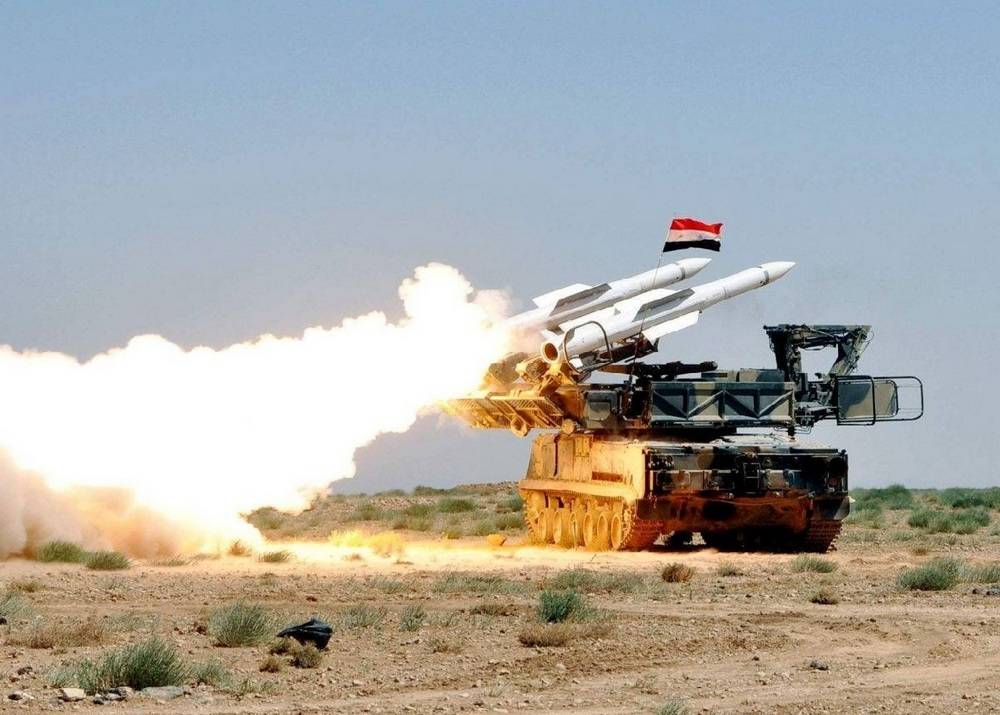
Entering service in the Soviet Air Defence Forces from 1966, the S-200 surface to air missile system had the longest rang of any platform in the Cold War with the top end S-200D variant produced in the 1980s designed to engage targets 300km away. This remained unmatched globally for systems capable of targeting aircraft until the Russian military inducted the 400km range 40N6 missile into service for its S-300V4 and S-400 batteries, which reportedly occurred as late as 2018. The S-200 formed the backbone of Soviet long range air defences in the 1980s, with numbers deployed peaking a a massive 130 sites and 2,030 launchers, and were first exported in 1982 to Syria where it quickly saw action reportedly downing three U.S. Navy combat aircraft over Lebanon. 1980s variants had impressive performances including flight ceilings up to 40km, superior anti-ballistic missile capabilities, and much higher probabilities of hitting targets. They were able to engage Mach 6 hypersonic missiles. The system was nevertheless retired from service abruptly in the 1990s due both the sharp contraction of post-Soviet Russia’s air defences forces and to the much greater emphasis being placed on mobility, which was the S-200’s most outstanding weakness as a heavy fixed site system. The entry into service of the S-300PM-1 from 1992 was a major facilitator of this, with the system being much compact and mobile and, although having weaker sensors and shorter ranges than the S-200D, still having a respectable 200km engagement range and high situational awareness.

Although no longer in Russian service, the S-200 remains widely operated abroad notably by Poland, North Korea, Syria and Iran. Iran has been its most significant operator and was the last export client for the system, having purchased 10 units in the 1990s which for two decades were its only relatively modern ground based air defence system. The country had previously been forced to rely very heavily on its F-14 Tomcat heavyweight fighters armed with AIM-54 long range missiles for air defence during the Iran-Iraq War, which neutralised more Iraqi aircraft than all other Iranian assets combined including both ground based defences and combat aircraft. With Iran’s F-14 fleet remaining relatively small in the 1990s and 2000s due to spare parts shortages, the S-200 made a very welcome contribution to the country’s otherwise negligible long range air defence capabilities. Reliance on the S-200 only increased as Russia ceased to sign new export contracts for five years from 1995 due to the Gore-Chernomyrdin agreement made with the United States, which was followed by Russia voting to support a UN arms embargo in 2007. Moscow subsequently reneged on its contract to provide S-300PMU-1 systems to Iran in 2009 under Western pressure, despite this system not being affected by the UN embargo.

Iran has since invested in modernising its S-200 units domestically, based on its considerable experience modernising and reverse engineering America MIM-23 Hawk batteries and producing Chinese HQ-2 systems under license. The Soviet system was considerably more sophisticated, however, which made the task of modernising it more difficult particularly considering jut how ambitious Iranian plans were. Insight into the program was given by the commander of Khatam Al Anbia Air Defense Base, brigadier general Farzad Esmayeeli, who announced that Iran’s defence sector had unprecedentedly developed a mobile launcher for the system a well as improving its sensors to reduce its detection-firing-tracing time. ”We have given mobility to the S-200 missile system, and the same plan to give mobility to all artillery and missile systems is on the agenda of the Air Defense Force,” he said, following in Russia’s own footsteps but achieving it through modernising an older platform rather than acquiring new ones.

Iran also previously integrated new indigenous missiles into the S-200 system, notably the Sayyad 2 and Sayyad 3 the latter which entered production in 2011. The missile appeared to be an improved reverse engineered version of the S-200’s V-880, although there were no indications as to whether there had been any improvements to mobility. These investments indicate that Iran intends to continue to operate the S-200 for some time, and may well become the last operator of the system later in the decade as others such as Poland and North Korea are expected to replace them. Complementing these efforts, Iran has also moved to improve its air defences with the Khordad 15 and Bavar-373 indigenous long range systems which are estimated to have 200km engagements ranges. Modernising the S-200 may be seen as a less costly alternative to purchasing the latest systems from North Korea, China or Russia, and the upgrade package could potentially be marketed abroad to other S-200 operators in particular Syria.

